 |
 |
Toshiyuki Nanjo: Hakusha-Seisho - White Sands, Green Pines |
|
Venue: HRD Fine Art Date: April 12 - May 31, 2025 Hours: Thu 11:00am - 3:00pm / Fri & Sat & April 13 (Sun) & May 4 (Sun) 11:00am - 7:00pm Closed: Sun, Mon, Tue, Wed (Viewing available by appointment) / May 15 - 17 (due to art fair participation) Opens on April 13 (Sun) & May 4 (Sun): 11:00am - 7:00pm Opening Reception: April 12, Saturday, 5:00pm-7:00pm |
Introduction HRD Fine Art is pleased to announce a solo exhibition of Toshiyuki Nanjo titled "Hakusha-Seisho - White Sands, Green Pines" from April 12 through May 31, 2025. First time since 2020, this exhibition will mark his 4th solo exhibition presented at HRD Fine Art. It is also an affiliated program of KG+ 2025, a satellite event of Kyotographie International Photography Festival. Born in Tokyo in 1972, Nanjo has been avidly working on landscape and nature photographs, producing refined and quietly rigorous works that, at the same time, leave poetic reverberations. This exhibition showcases his photographic works from the two series he has been focusing on in recent years: "shelterbelt" and "In Search of Hedorah." "shelterbelt" is a series of photographs that capture artificial sand-fence forests on the coastline throughout Japan. Shelterbelts started to be built in early modern Japan for the purpose of protecting agricultural lands and residential areas from the sand and wind from the sea, mainly planting pine trees. However, in the contemporary era some of them have lost their original socio-economic functionality and are even being protected and preserved for aesthetic and environmental reasons. The shape of the pine tree branches, twisted and deformed due to wind, seems to reflect human desires to put nature under control. "In Search of Hedorah" is a relatively new series that has derived from his long-standing "suns" series where Nanjo captures the traces of sunlight reflected on the surface of water. By photographing slimy sludges in river waters, he looks for Hedorah, a Japanese movie monster emerging from waste water as a metaphor of human-induced environmental pollution. Through these works, the artist quietly exposes an inherent contradiction in the relationship between human society and natural environment. * * * * * This exhibition will be on view at the same time as a group exhibition "True Colors." * * * * * Artist's Statement "shelterbelt": I have been photographing coastal sand-fence forests, or shelterbelts, throughout Japan for more than ten years. Often referred to as hakusha-seisho (white sands, green pines), the landscape scenery with shelterbelt is seen as a symbol of harmonious, co-existential relationship between Japanese people and nature. Even though I am fascinated by neatly planted pine trees, I also see disturbing ripples in the small details. Drifting through these ripples, I attempt to re-examine the Japanese human-nature relationship. "In Search of Hedorah": This is my personal tribute to the late photographer Jun Morinaga, who passed away in 2018. A photographic memorandum about alienation and monsterization of pollutions and environmental issues ─ and forgetting about it. - Toshiyuki Nanjo |
Artworks |
 "shelterbelt yotsukura 2016" | inkjet print | 32.2x43cm | 2016 |
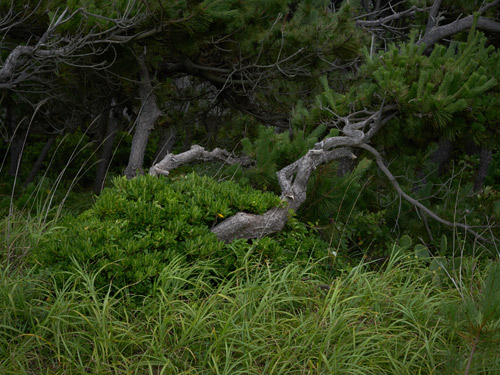 "shelterbelt imazawa 2024" | inkjet print | 32.2x43cm | 2024 |
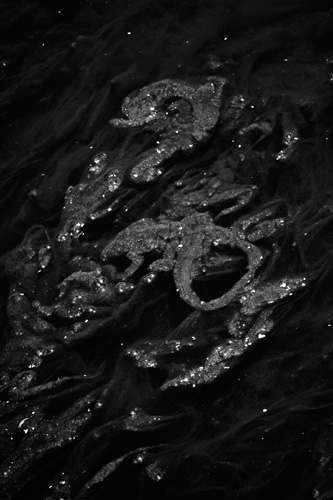 "In Search of Hedorah" | inkjet print | 20.4x13.5cm | 2018 |
Exhibition View |
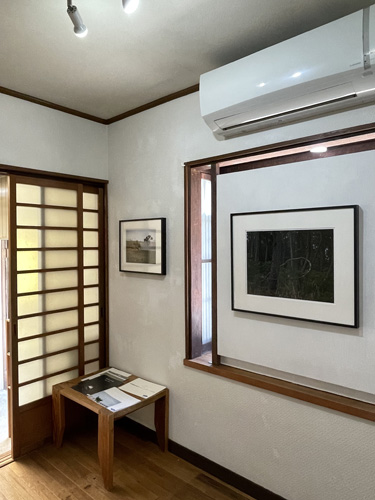 |
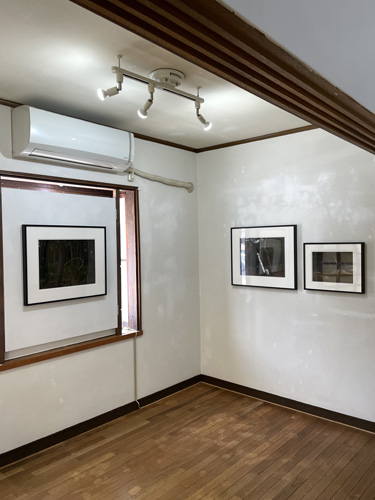 |
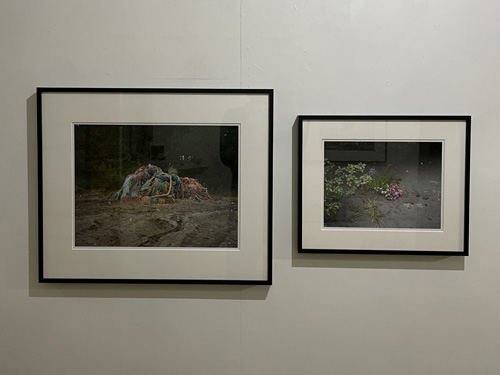 |
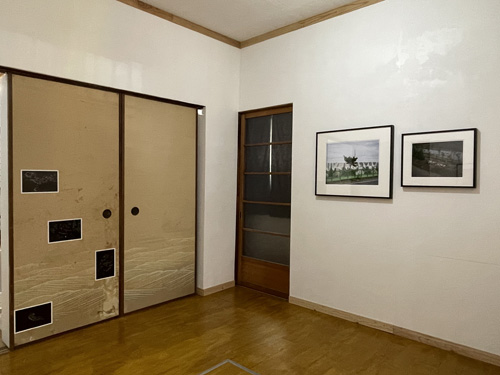 |
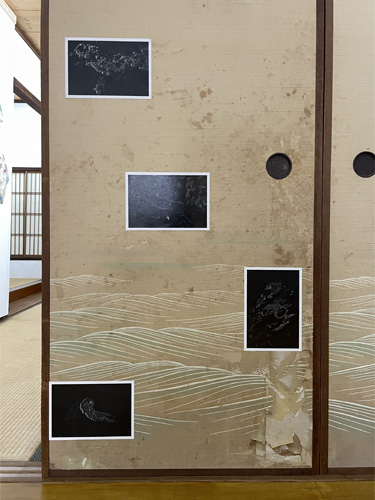 |
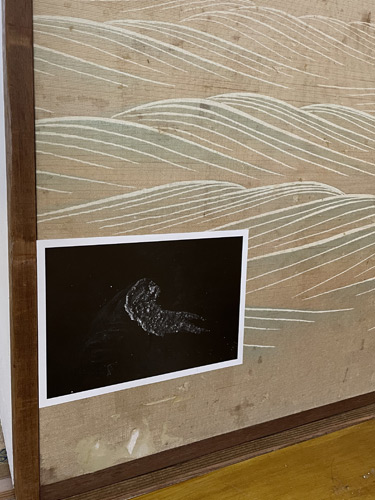 |
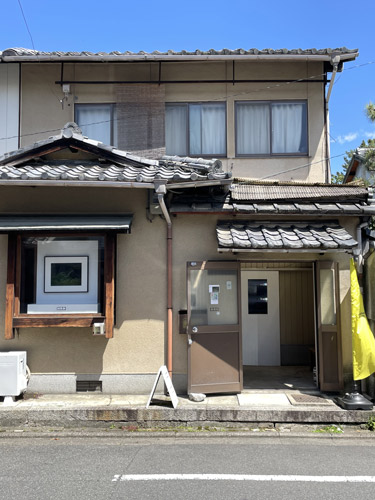 |
Opening Reception |
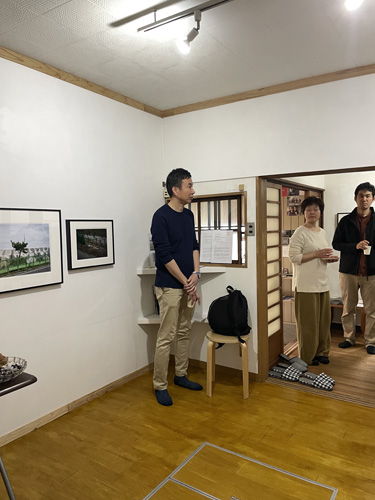 |
Copyright (C) 2009-2025 HRD Fine Art. All Rights Reserved. No reproduction or republication without written permission. |